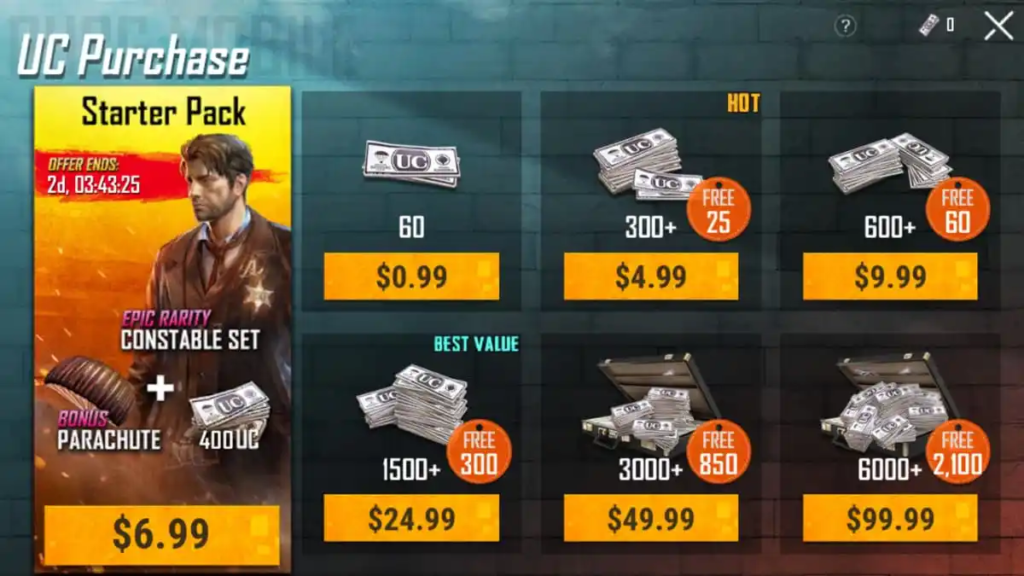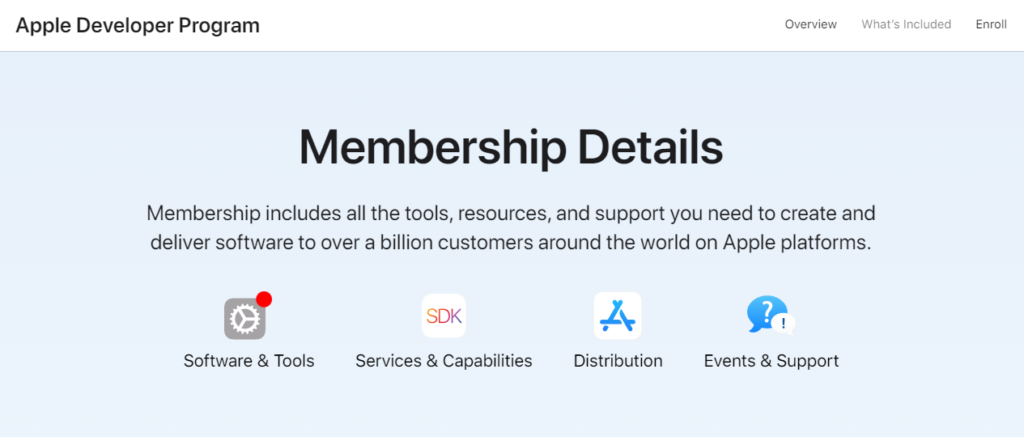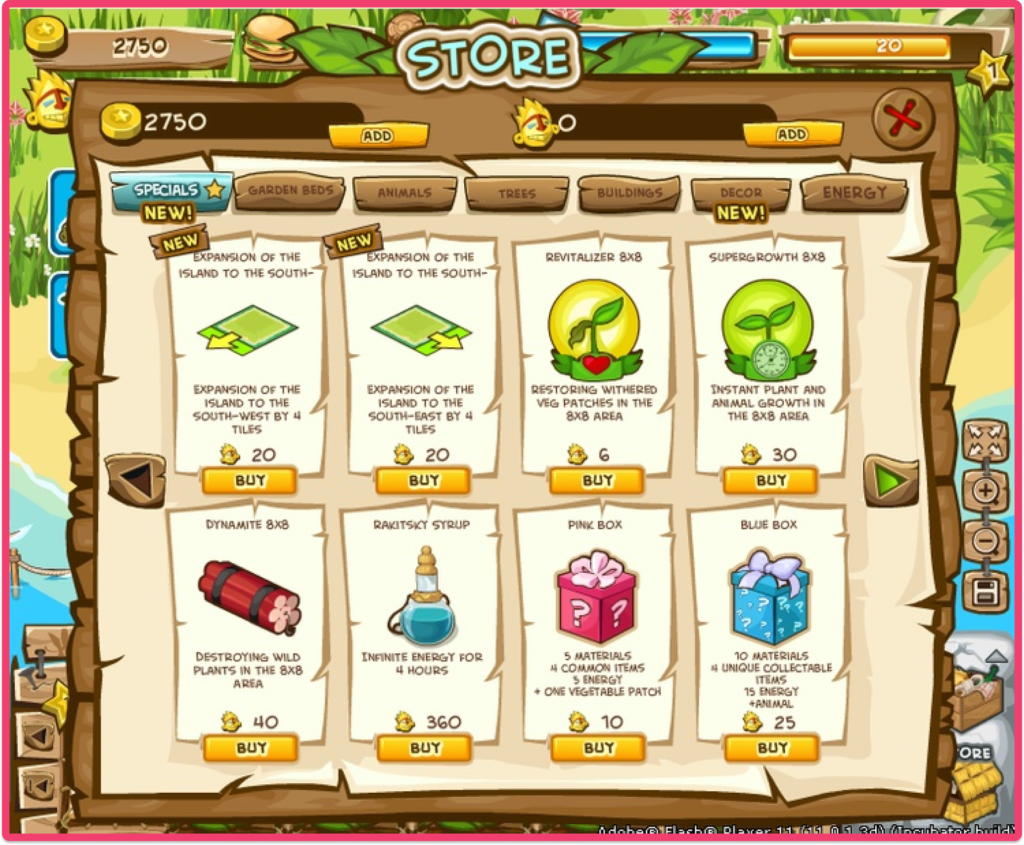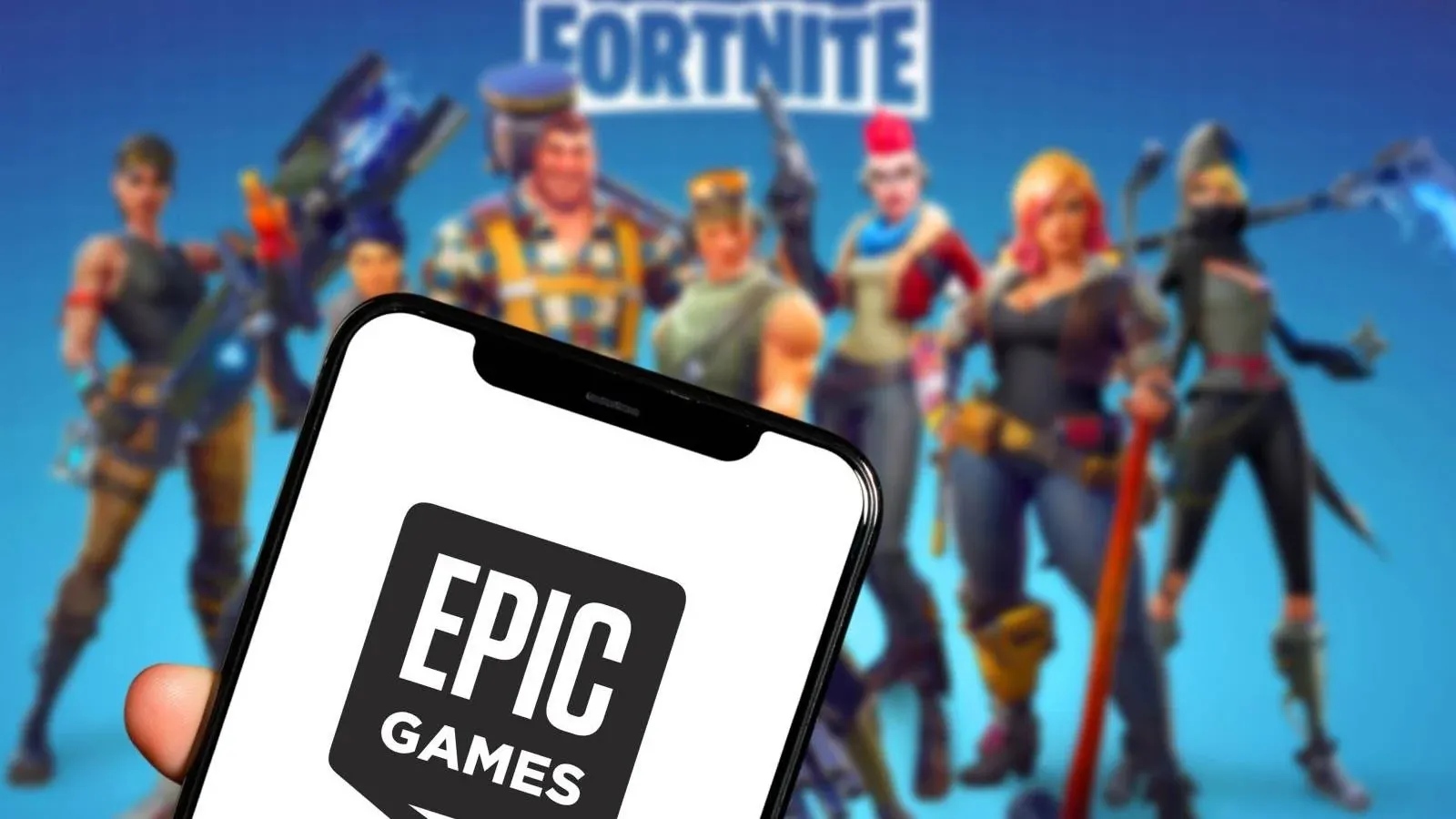How to Implement In-App Purchases into Mobile Games: A Step-by-Step Guide
- April 5, 2023

Hot posts 🔥
Start your free trial today
No credit card required
In this article 👇
One of the most effective and common methods of monetizing games is through in-app purchases (IAPs).
In-app purchases allow players to get virtual goods and services within the game, such as extra lives, power-ups, or premium content.
They not only improve the experience but also provide the developer with a steady stream of income.
Sensor Tower predicts in-app purchases are expected to produce more than $170 billion in revenue. And that is insane 🤯
If you’re a mobile game developer looking for ways to add in-app purchases to your game, you’re in luck! We’ll guide you through the process of adding in-app purchases to your mobile apps step-by-step.
Let’s get started 👇🏻
Frequently Asked Questions
Before we begin, let’s look at the FAQ. If you’re a newbie to development or in-app purchases, you may have questions about how they work and how to use them.
1. What do in-app purchases mean?
They are virtual goods or services players can buy within a mobile game using real-world currency. They can improve the player’s experience, such as unlocking acclaimed levels, buying extra lives, or getting access to premium content.
2. How do they work?
In-app purchases work by integrating a payment system into the mobile game. Players can buy using their app store accounts, such as the Google Play Store or App Store.
3. What are some examples of mobile games that use in-app purchases?
The most popular uses include Candy Crush, Clash of Clans, and Pokémon Go. These games offer a range of virtual goods and services that players can buy to enhance their gameplay experience.

4. Which games have in-app purchases?
They have become common in many popular mobile games for obvious reasons.
Not only do they provide a steady stream of revenue for developers, but they also improve the player’s experience by providing them with virtual goods and services that can improve their gameplay.
Some popular mobile games with in-app purchases:

Bang Bang Mobile Legends
Mobile Legends is a multiplayer online battle arena (MOBA) game that has gained worldwide acclaim. In-app purchases for virtual products such as skins, heroes, and diamonds are available. Those can improve players’ skills and make the game more enjoyable.

Asphalt 9: Legends
Asphalt 9 is a racing game with in-app token purchases to access upgraded cars, upgrades, and boosters. They can help players advance quicker and compete more with others.

PUBG Mobile
PUBG Mobile is a battle royale game with in-app purchases for a virtual currency known as Unknown Cash (UC), which can be used to purchase premium items like weapon skins, outfits, and crate vouchers.

Gardenscapes
Gardenscapes is a puzzle game with in-app purchases for coins to purchase power-ups and yard decorations. These purchases can help players advance faster and enhance their gardens.
5. Does an in-app purchase make a game free?

One common question is whether a game can still be considered “free” if it offers in-app purchases. The short answer is yes.
A mobile game can still be considered “free” even if it offers in-app purchases. This is because players are not required to buy the game. In other words, the game is free to play, but players can buy them if they choose to.
The term “free-to-play” (or “freemium”) describes mobile games that offer in-app purchases.
They can be quite expensive, so players should always exercise caution. Moreover, developers should be transparent about the availability and pricing of in-app purchases so that players know what they are purchasing before making any purchases.
Step 1: Set Up Developer Account
Okay, we may have realized how essential in-app purchases are from what was written above, but integrating them into a game is a very complex and time-consuming process.
To complete this complicated and lengthy procedure, we will look at simple and quick methods.
Before you can implement in-app purchases into your mobile game, you must first create a developer account on the app store of your choice.
To create a developer account, follow the steps on the app store’s website:
For the App Store, for example, you must enlist in the Apple Developer Program and pay an annual fee. For the Google Play Store, you need to sign up as a creator and pay a one-time registration charge.

After creating your developer account, you’ll need to set up a merchant account to allow in-app payments.
This account will allow you to accept payments. To set up your merchant account, you must provide information such as your financial and tax information.
To prevent developer account problems, follow the App Store’s in-app purchase recommendations. App Store requires developers to provide clear and accurate information, show the price, and ensure that they work as intended.
By setting up your developer account and merchant account and following the app store guidelines for in-app purchases, you’ll be on your way to adding in-app purchases to your mobile game and generating revenue.
Step 2: Define Items
To start with the implementation, you must define your in-app purchase items.
Those items can range from virtual currencies to digital goods and services, and choosing the right ones is crucial to your game’s success.
When choosing your in-app purchase items, consider what will provide the most value to your users and enhance their gameplay experience.
It’s imperative to strike a balance between providing value for users and generating revenue. For example, if your game is a strategy game, you may want to offer power-ups or extra resources to help users progress.
Once you’ve selected your items, it’s time to design icons and descriptions that communicate their value and benefits to users.
Use clear and concise language to describe the benefits of each item, and use high-quality graphics for the icons.

When creating virtual currencies, consider the pricing strategy that works best for your game.
You can offer virtual currencies in different denominations, such as $1, $5, or $10. Besides, you can offer bundles of virtual currencies at discounted prices.
It’s critical to experiment with different pricing strategies and adjust them based on user feedback and analytics data.
When pricing your in-app purchase items, consider the perceived value of the item and how it fits into the game economy.
How To Choose the Right Model?
There are several versions to choose from, each with its advantages and disadvantages.
Here’s a rundown of the most popular models:
Consumables:
Items used up or eaten within the game are considered in-app purchases. A consumable object could, for example, be a box of simulated coins that could be spent in the game.
Non-consumable:
Those are items bought once that provide a long-term advantage. A non-consumable object could be a unique weapon or character that can be used throughout the game, for example.
Subscription:
Subscription in-app payments give you access to material or services for a defined amount of time, such as a week, month, or year. A subscription, for example, could grant access to exclusive stages or functions within the game.
Pros and Cons of each model

When selecting the right in-app purchase model for your mobile game, it’s imperative to consider the type of game you’re creating, your target audience, and your revenue goals.
Step 3: Implement Process
Depending on the platform you’re creating, various software development kits (SDKs) and tools are available to help you implement.
If you’re creating for IOS, for example, you can use the StoreKit framework to make in-app payments.
You can use the Google Play Billing Library on Android. These SDKs give developers the tools to manage purchase flows and verify app store payments.
To implement in-app payments into your mobile game, you’ll need to add code to your game that works with the app store’s SDKs. This code will handle the purchase flow, display in-app purchase items to users, and confirm purchases with the app store.
It’s imperative to follow app store guidelines and best practices when implementing in-app purchases. With the right SDKs and APIs, provide clear and accurate descriptions and display the correct prices and currency symbols for each item.
Make sure the purchase flow is smooth and intuitive and that users can navigate to the in-app purchase items they’re interested in.
Google Play Store In-App Purchases
Google Play Store is one of the largest mobile app marketplaces in the world, offering a wide range of apps and games for Android devices.
To implement in-app purchases on the Google Play Store, developers must fulfill certain requirements:
- Registering: Developers must register as Google Play developers and agree to the Google Play Developer Distribution Agreement.
- Integrating: Developers must integrate the Google Play Billing Library into their app to handle in-app purchases.
- Creating products: Developers must create the virtual goods or services they wish to sell within their app and set the price and description for each product.
- Testing: Before submitting an app or game, developers must do testing to ensure they work.
- Following policies: Developers must follow pricing, billing, and refund policies.
App Store In-App Purchases
As of September 2021, App Store had over 2.2 million apps available for download, including 1.96 million mobile games.
Developers must meet certain requirements to make in-app purchases on the App Store.
These prerequisites include registering as a developer, establishing an iTunes Connect developer account, developing in-app goods, testing in-app purchases, and adhering to App Store standards.
Registering as an Apple developer is the first step in implementing in-app purchases on the App Store. Developers must sign up for the Apple Developer Program and provide personal information to create an account.
Once registered, set up a developer account on iTunes Connect. They provide a tool for managing apps and in-app purchases in the App Store.
They then create in-app purchase products, which can include virtual goods or services such as extra lives, power-ups, or other enhancements. Set a price for each product, and provide a description and screenshot of each product.
Testing is vital for system reliability. Developers can be testing using sandbox accounts, which simulate purchases without spending real money.

Once you’ve set up on the App Store, follow the App Store guidelines for in-app purchases.
These guidelines include requirements for clear and accurate descriptions of products, transparent pricing, and compliance with local laws and regulations.
In-App Purchase App List
The App Store’s in-app purchase review process safeguards apps and users.
Before an app can be published on the App Store, it must undergo a review process that includes a thorough examination of its in-app purchase features.
Here’s what you need to know about the App Store review process:
- App Review Guidelines: The App Store has guidelines developers must follow when creating apps and implementing in-app purchases. It covers topics such as user privacy, security, and content standards.
- Review Process: Once an app has been submitted for review, a team of experts examines its features and functionality. It can take anywhere from a few days to a few weeks.
- Approval and Rejection: After an app has been reviewed, it may be approved for publication on the App Store, rejected for minor issues that need to be addressed, or declined for major issues that make the app unsuitable for publication.
Conclusion
This guide outlines the process of integrating in-app purchases in mobile games, including choosing the right purchase model (consumable, non-consumable, or subscription-based), and
Setting up developer and merchant accounts on the Google Play Store and App Store. It covers the steps of defining and implementing in-app purchases, as well as app store rules for in-app transactions.
Lastly, it provides best practices for virtual currencies, in-app purchase iconography, pricing, and improving the user experience during transactions.
We've plenty of other interesting resources for you





